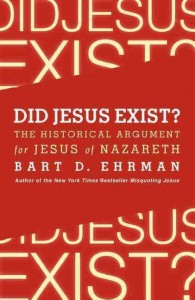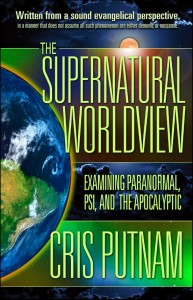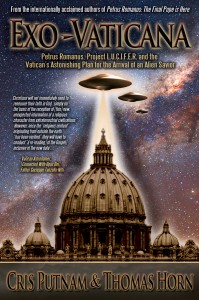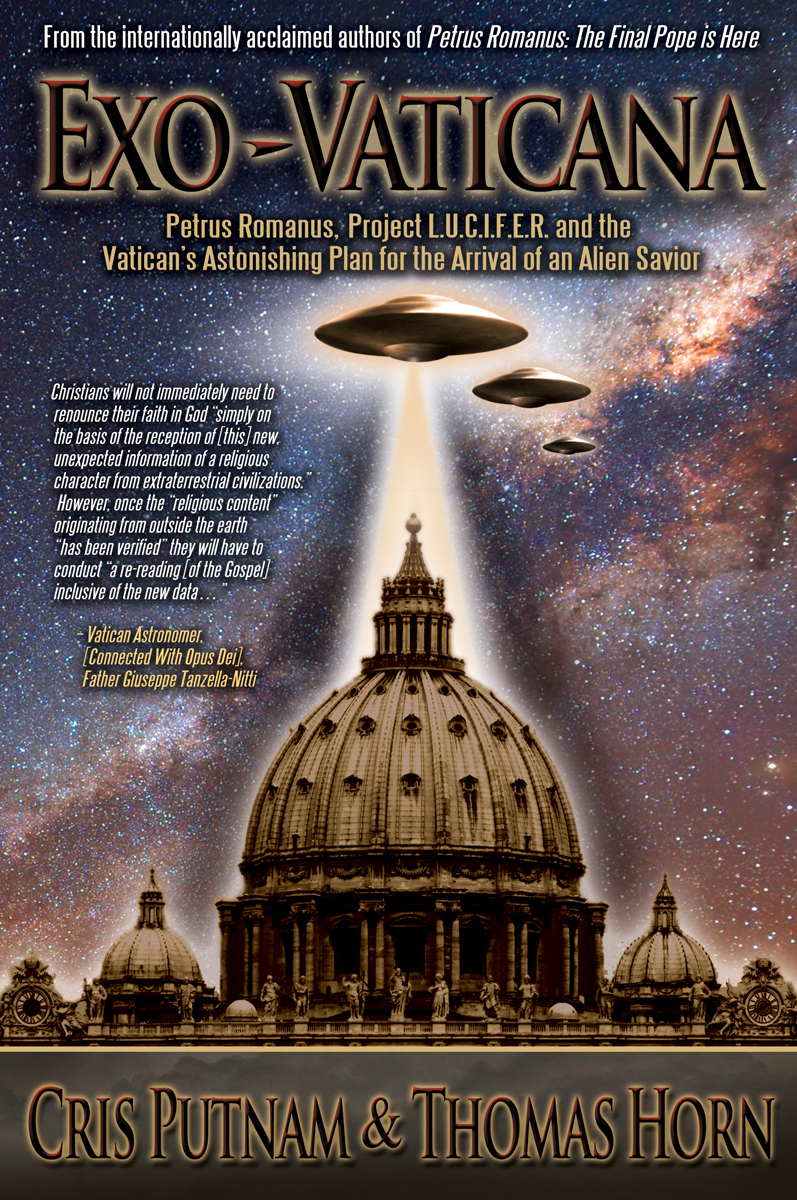by Cris Putnam
C.E.B. Cranfield is a renowned New Testament scholar and author of several commentaries, including Romans in the prestigious International Critical Commentary series. He is a Cambridge educated emeritus professor of theology at University of Durham in England. He is reformed in his theology. His commentary on Romans is considered one of the very best by scholars of all stripes. From careful exegesis of Romans 9-11 he confidently casts supercessionism (replacement theology) as an unfortunate twisting of Pauline theology. One comment in particular should put a stone in the shoe of the replacement theologian: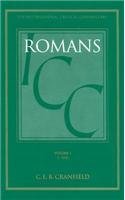
It is only where the Church persists in refusing to learn this message, where it secretly—perhaps quite unconsciously! —believes that its own existence is based on human achievement, and so fails to understand God’s mercy to itself, that it is unable to believe in God’s mercy for still unbelieving Israel, and so entertains the ugly and unscriptural notion that God has cast off His people Israel and simply replaced it by the Christian Church. These three chapters [Romans 9-11] emphatically forbid us to speak of the Church as having once and for all taken the place of the Jewish people.[1]
Cranfield is most certainly correct. I really do not know how Paul could have spelled it out any clearer than this: “As regards the gospel, they are enemies for your sake. But as regards election, they are beloved for the sake of their forefathers. For the gifts and the calling of God are irrevocable.”(Romans 11:28–29)
[1]C. E. B. Cranfield, A Critical and Exegetical Commentary on the Epistle to the Romans (London; New York: T&T Clark International, 2004), 448.

